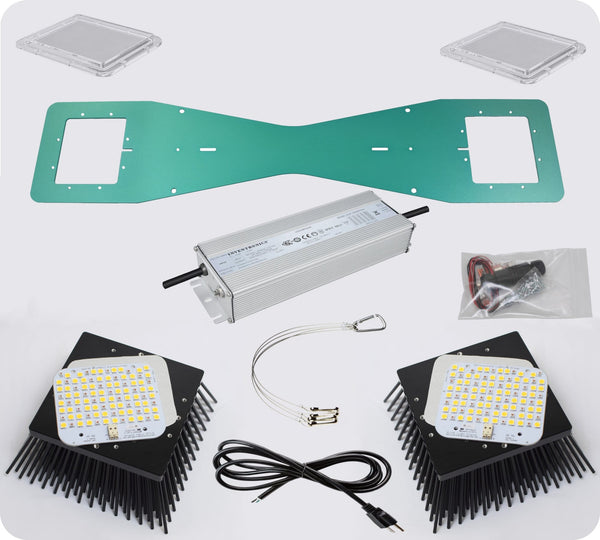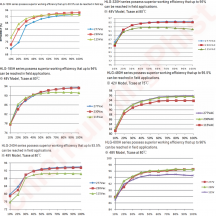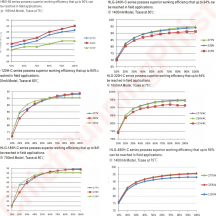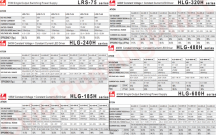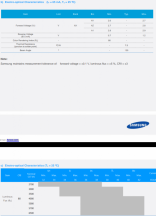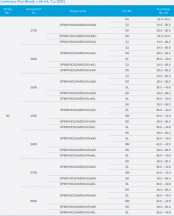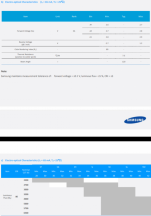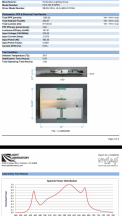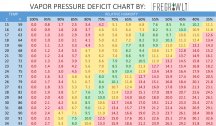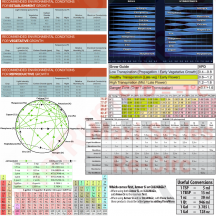Nyaga
Junior Soil Food Web Consultant
Actually, Fluence Bio-engineering is a division of OSRAM, they started off with using OSRAM diodes and a meanwell driver. It is common knowledge for the past 2 years for people that have been following the industry with a close eye that Fluence moved away from meanwell driver and now using a different driver (Cheaper more efficient), and they switched their diodes to Samsung full spectrum diodes and OSRAM reds.The spyder is 660w the hlg600 is 600w.. the hlg uses samsung diodes (spydr are quality Osram's) so the umols will be virtually identical. If you want to pay over twice as much for similar results, more power to you champ!
Samsung's LM301B is just better than anything osram can offer currently in full spectrum for efficiency and efficacy.
2019 is a different year for horticulture and the big companies like samsung, osram, cree, philips luminus, all see the financial potential for developing diodes for horticulture. They will be going in hard competing to bring the best price to performance diodes, kind of what happened to the harddrive industry when SSDs was first introduced. Research and development for horticulture diodes is moving at a rapid pace.
Simply don't believe the market hype.
No "branding" really have such a thing as "quality" diodes. Diodes are binned like CPUs in a sealed testing sphere which reflects 99.9% of light wavelengths. Then depending on their binned catagory for different light temperatures and spectrum out, as well as power usage they are moved to different "categories"
2700k, 3500k, 4000k etc. Even at these color temperatures you have CRI ratings 80, 90 etc (which is closest true to how colour is perceived of an object it shines on) CRI ratings is important for photographers and videographers because it makes a day and night different which combination of lighting you use with a certain CRI rating and colour temperature.)
Indoor Horticulture with LEDs just happened to be people that experimented with different diodes on the market and got different results and built lights accordingly. There was NO LED specifically developed for horticulture until 2018. All the previous LEDs lights just happened, through trial and error, to be diodes suitable for growing indoors that is more efficient than HPS, CMH etc because LEDs can be developed to target specific light wavelengths which is required for photosynthesis with a combination of different colour temperatures.
If you want to do proper DIY with diodes, do a little research on which diodes you want to use as they are wallet dependent, some are easier to get a hold of than others, even the older samsung lm561c S6 binned diodes is extremely cheap now and comes in different colour temperatures at different wavelength.
2700k (flower)
3000k,3500k (full cycle veg to flower)
4000k and up (veg)
for drivers (power supplies) bigger than 240 watts i would recommend a inventronics driver for the following reasons.
Cheaper than meanwell,
becomes way more efficient than meanwell at higher wattages
can do everything meanwell drivers do in most cases better and cheaper
fluence uses inventronics driver and not meanwell, they dropped meanwell years ago because meanwell had a monopoly on the market and charged exhorbant prices.
Basically what I'm getting at with this post. I really want peeps to dig deep into these topics and do research the information is there. If you can access the internet you have access to the same information I and many other researchers have. Learn about it with passion to understand. No one can bullshit you if you have the same or more knowledge.
I in no means am bashing anyone or any company in this post, it is open knowledge.
Give a man a fish and he will eat for a day, teach a man to fish and he will have food for the rest of his life.

